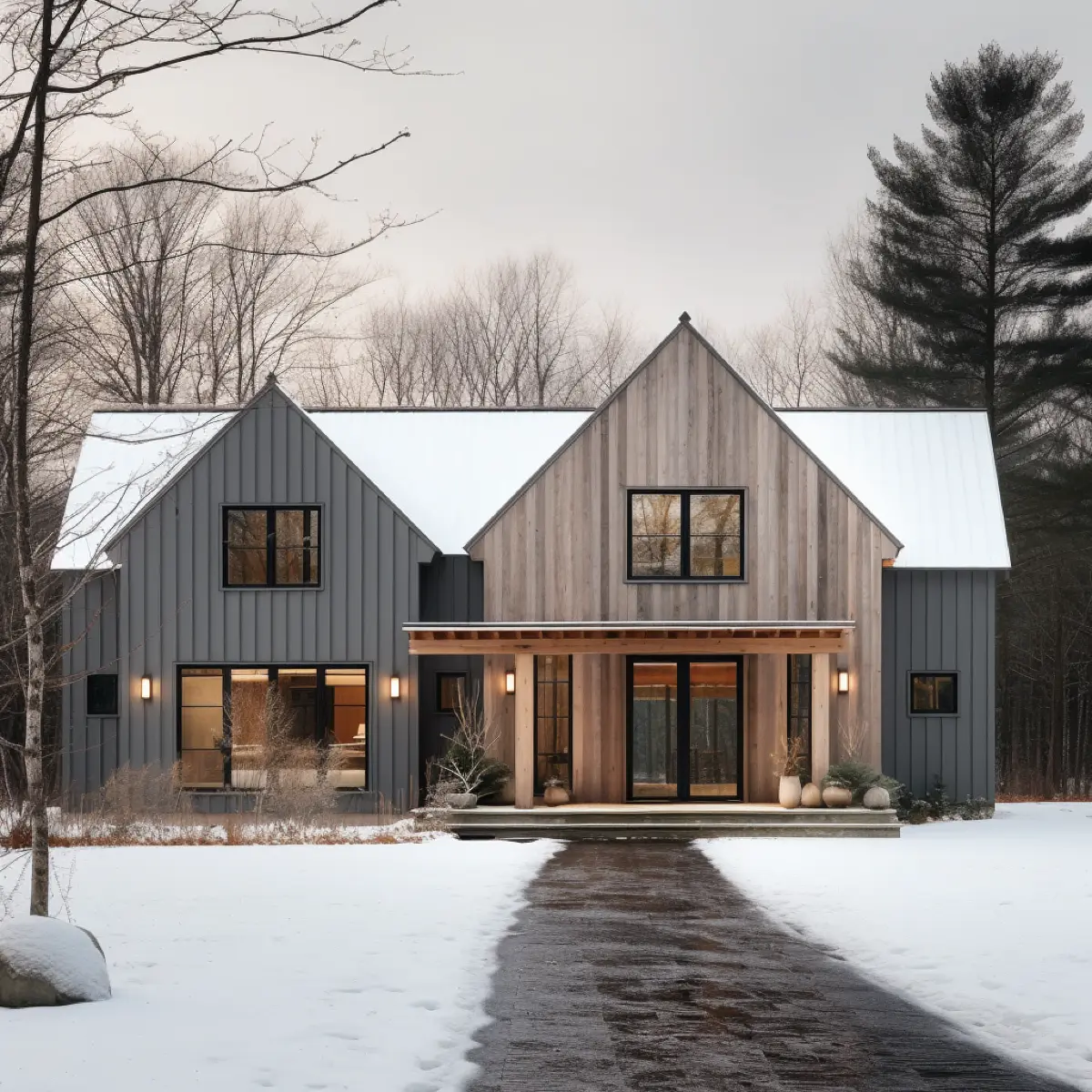The Pre-Design Phase / Pre-Design Overview
The Pre-Design Guide Overview
This Pre-Design section is a resource designed to guide you through the essential initial stages of your home renovation or building project. Split into three chapters, this guide aims to equip you with the knowledge and tools needed to make informed decisions, laying a solid foundation for a successful project.
A huge amount of the work that makes a construction project successful happens in this pre-design phase. It’s not just figuring out what you want your house to look like, but also some of the most foundational (pardon the pun) aspects of your project. Don’t skimp on pre-design, and make sure that you’re doing your due diligence on your site location. We can’t cover every aspect of every potential home location, but you will want to make sure you do the proper analysis and planning to set yourself up for success later.
For instance, depending on where you live, the conditions of your soil can vary drastically and the way you build on top of that soil. You want to make sure your beautiful new home addition or ADU doesn’t sink into the ground after a major rainfall!

Site Analysis
The first chapter in the Pre-Design Guide focuses on understanding the unique characteristics of your building site. Site analysis involves evaluating the natural and built environment, including topography, soil conditions, vegetation, climate, and any existing structures or utilities. This essential step allows you to identify opportunities and constraints, helping you make informed decisions about the location, orientation, and design of your home. Site analysis also helps you understand any potential permitting and zoning requirements, which can significantly impact your project timeline and budget.
Site Planning
The second chapter, Site Planning, delves into the process of developing a well-thought-out plan for your renovation or construction site. If you're building a house from scratch, this involves determining the optimal location for your home, considering factors such as views, sunlight, privacy, access, and drainage. Site planning also includes making decisions about the layout of outdoor spaces, such as driveways, walkways, gardens, and recreational areas. By carefully planning these elements, you can create a harmonious relationship between your home and its surroundings, enhance the livability of your space, and minimize potential issues during the construction phase.

Design Research
The third chapter, Design Research, guides you through the process of gathering inspiration and ideas for your home's design. This stage involves exploring various architectural styles, materials, and building technologies to find the perfect combination that aligns with your aesthetic preferences, functional requirements, and budget constraints. Design research also involves considering sustainable and energy-efficient design principles, which can significantly reduce your home's environmental impact and long-term operating costs. By conducting thorough design research, you will be better equipped to communicate your vision to your architect or designer, ensuring that your dream home becomes a reality.
By following the Pre-Design Guide's three chapters, you will gain a solid understanding of the essential steps to take before diving into the design and construction of your home. This knowledge will help you make well-informed decisions, ultimately leading to a smoother homebuilding process and a final result that meets your expectations.
Let's dive into Site Analysis!
